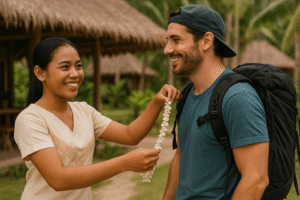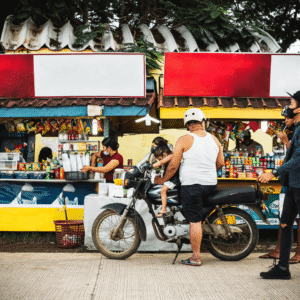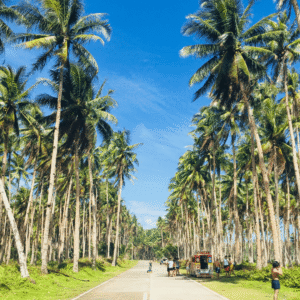Island First, Tourist Second: Why Embracing Local Routines Is the New Travel Luxury

There was a time when travel was all about the checklist, famous spots, trendy restos, a few Instagrammable sunsets. But lately, something is shifting. More and more travelers are realizing that the most meaningful experiences don’t come from a pre-packaged tour or a perfectly staged photo, but from pausing long enough to understand the rhythm of a place. And in the Philippines, that rhythm is slow, sun-drenched, deeply human, and almost always tied to the sea.
Welcome to a new kind of travel luxury.
This is about adjusting your pace, softening your footprint, and leaning into the daily life of the locals whose home you’re visiting. It’s about seeing Boracay, Siargao, or El Nido not just as destinations, but as living communities.
The Boracay Mornings You Don’t See on Postcards
If you wake up early in Boracay, before the sun is high and the beach clubs switch on their sound systems, you’ll see a different kind of beauty. Locals walking their dogs. Fishermen mending nets. Small carinderias opening up, the smell of sinangag drifting out to the street. These quiet, simple rituals are what give the island its soul.
Instead of heading straight to the White Beach strip, maybe grab a taho from a street vendor and find a quiet spot near Station 3. Sit. Observe. Smile at people. You’re not just a guest here, for this moment, you’re part of the morning.
Siargao’s Community Before Convenience
Siargao may be known worldwide for Cloud 9 and its surf scene, but ask anyone who lives there and they’ll tell you: What makes Siargao magical isn’t just the waves. It’s the community.
Locals share tools, pass down surfboards, and help each other rebuild after storms. Businesses collaborate more than they compete. Even the kids know who you are after a few days. If you stay long enough, you’ll be invited to a local birthday party or a sunset volleyball game that just kind of happens.
The luxury here is in being known by name at the sari-sari store.
The Slow Magic of El Nido Afternoons
In El Nido, the best time of day isn’t sunrise or sunset. It’s that sweet lull in the afternoon when the breeze settles, tricycle traffic slows, and everything takes a breath.
Locals take siestas, or quietly prepare dinner with neighbors. Kids chase each other barefoot on narrow roads lined with bougainvillea. This is a place where time doesn’t run on the clock, it runs on connection. The rhythm is softer.
Spend a week here and you’ll realize: it’s not about squeezing in as many island tours as you can. It’s about learning to move with the town, not ahead of it.
A Few Soft Reminders
Being an island-first traveler means asking yourself a few gentle questions:
Have I supported a local today? Maybe by buying snacks at the market, joining a community tour, or tipping fairly?
Am I dressing with respect? Especially in more rural or sacred spaces?
Am I speaking kindly, even when I’m confused or things go wrong?
Am I leaving space for locals in places we share, like beaches, cafes, or surf spots?
You don’t have to be perfect. But a little awareness goes a long way in making tourism a gift rather than a burden.






